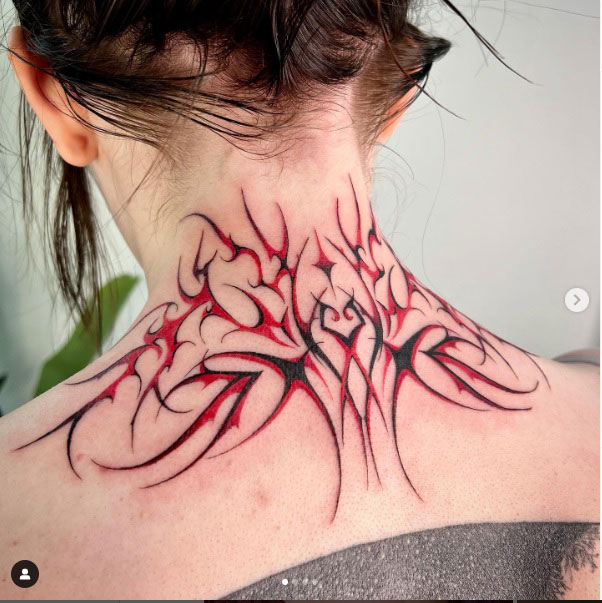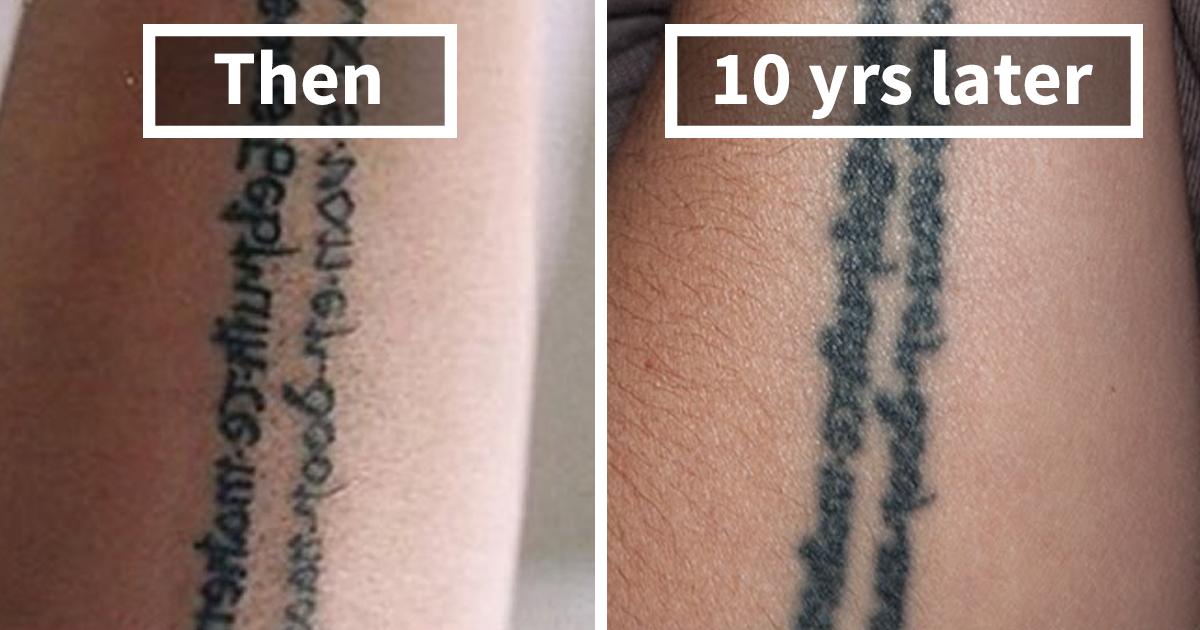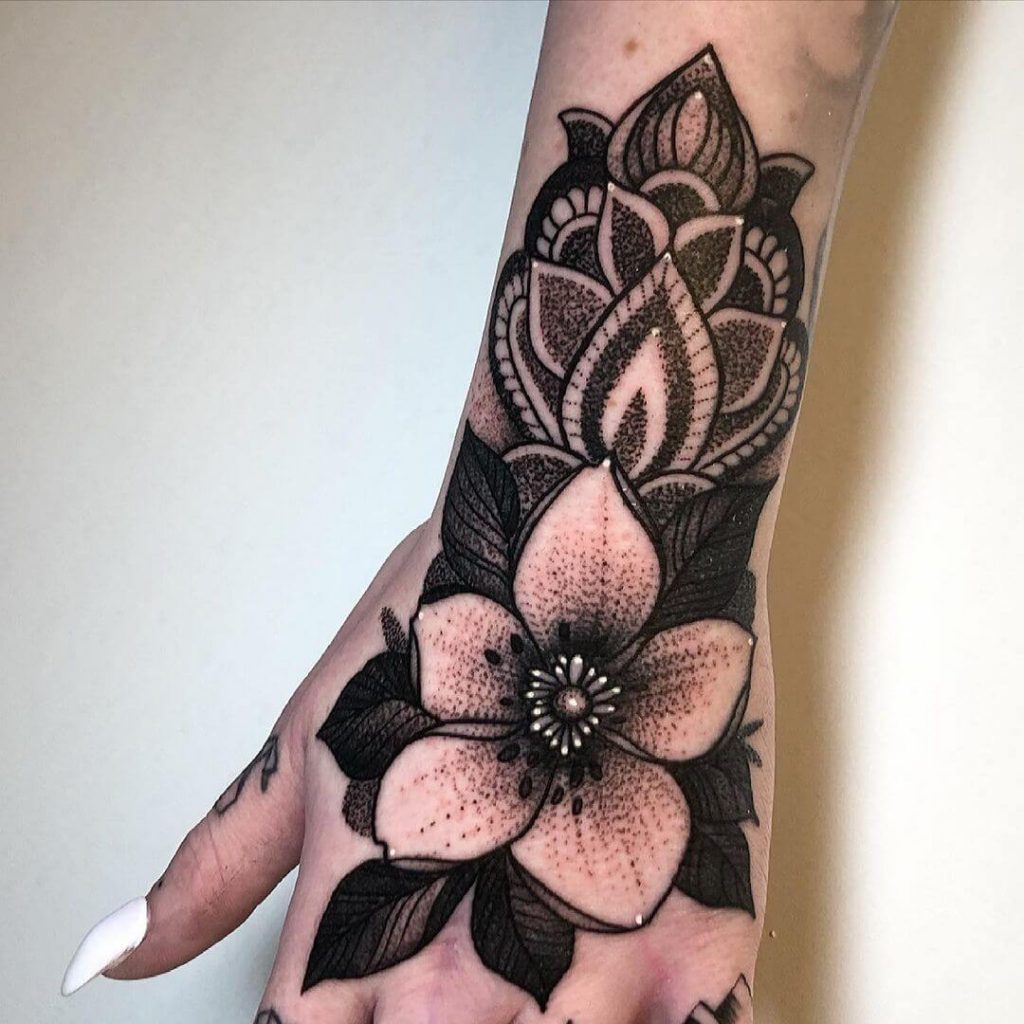
Alright, let’s dive into the world of ink!
Ever stare at someone’s tattoo and just get lost in the details?
Like, how did they even do that?
Or maybe you’re dreaming up your own masterpiece but feel a little overwhelmed.
Where do you even start when planning detailed tattoo ideas?
I get it.
It can be intimidating.
But trust me, it’s totally achievable with a little planning.
Let’s break it down.
What Makes a Tattoo "Detailed" Anyway?
Think about it.
What screams "detailed" to you?
Is it intricate linework?
Shading that makes the image pop off the skin?
A million tiny elements woven together?
It’s usually a combo of all three.
But a detailed tattoo isn’t just about cramming a ton of stuff in there.
It’s about precision, artistry, and execution.
I’ve seen tattoos with relatively few elements that are incredibly detailed.
And I’ve seen sleeves that are just… busy.
Finding Inspiration for Your Detailed Tattoo
Okay, so you want detail.
But what kind?
Here’s my advice for getting those creative juices flowing:
- Dive into Art History: Seriously, look at Renaissance paintings, Art Nouveau posters, even scientific illustrations. You’ll find amazing inspiration for composition, shading, and subject matter.
- Explore Different Tattoo Styles: Realism, Japanese, Blackwork, Illustrative – each style has its own approach to detail. See what resonates with you.
- Look at Nature: The natural world is a detail goldmine. Think about the intricate patterns on a butterfly’s wing or the texture of tree bark.
- Pinterest & Instagram are Your Friends: Use these platforms to create mood boards. Save images of tattoos you love, even if they’re not exactly what you want. Look for common themes.
Example: I once helped a friend design a sleeve based on Victorian botanical illustrations. We took the detailed linework and shading from those drawings and adapted them to fit her arm. It looked incredible!
Key Elements of Detailed Tattoo Ideas
So, what are the building blocks of a truly detailed tattoo?
- Linework: Crisp, clean lines are essential. Think about varying line weights to create depth and dimension.
- Shading: This is where the magic happens. Proper shading can make a tattoo look three-dimensional and bring it to life. Consider stippling, gradients, and cross-hatching.
- Color Palette: Even if you’re going for a black and grey tattoo, your color palette matters. Different shades of grey can create subtle variations in tone and add depth. If you are using color, consider how the colors work together.
- Composition: How all the elements are arranged is crucial. A well-composed tattoo will be visually appealing and easy to understand.
Communicating Your Vision to Your Artist
This is HUGE.
Your artist can’t read your mind.
You need to be able to clearly communicate what you want.
Here’s how:
- Gather Reference Images: The more, the better! Show your artist examples of tattoos you like, as well as any specific elements you want to incorporate.
- Describe Your Vision in Detail: Don’t just say "I want a wolf tattoo." Tell them what kind of wolf, what pose, what environment, what style, etc.
- Be Open to Their Expertise: Your artist is a professional. Listen to their suggestions and be willing to compromise. They might have ideas that you haven’t considered.
- Don’t Be Afraid to Ask Questions: If you’re unsure about something, ask! It’s better to clarify things before the needle hits your skin.
Pro Tip: Schedule a consultation with your artist before your appointment. This will give you a chance to discuss your ideas in detail and make sure you’re both on the same page.
Finding the Right Tattoo Artist
This is probably the most important step.
Not all artists are created equal.
You need to find someone who specializes in detailed work.
- Look at Their Portfolio: Pay close attention to the quality of their linework, shading, and composition. Do they have experience with the style you’re interested in?
- Read Reviews: See what other people have to say about their experience with the artist.
- Visit the Shop: Make sure the shop is clean and professional.
- Trust Your Gut: If you don’t feel comfortable with an artist, move on.
I once went to an artist whose portfolio looked amazing online.
But when I got to the shop, it was a mess, and the artist seemed uninterested in my ideas.
I walked out.
Your comfort and confidence are key.
Caring for Your Detailed Tattoo
Okay, you got the tattoo.
Now what?
Proper aftercare is essential for healing and preventing infection.
- Follow Your Artist’s Instructions: They know best.
- Keep the Tattoo Clean and Moisturized: Use a mild soap and a fragrance-free moisturizer.
- Avoid Direct Sunlight: Sunscreen is your best friend.
- Don’t Pick or Scratch: I know it’s tempting, but resist!
FAQ About Detailed Tattoo Ideas
- How much do detailed tattoos cost? More detail equals more time, which equals more money. Be prepared to invest.
- How long do detailed tattoos take? It depends on the size and complexity of the design. Some detailed tattoos can take multiple sessions.
- Do detailed tattoos fade more quickly? Not necessarily, but proper aftercare and sun protection are crucial for preserving the details.
- What are some good placements for detailed tattoos? Larger areas like the back, chest, and thighs are ideal for showcasing intricate details.
- Can I add detail to an existing tattoo? Absolutely! A skilled artist can often enhance an existing tattoo with additional linework, shading, or color.
So, there you have it.
A deep dive into detailed tattoo ideas.
Remember, planning is key.
Do your research, find the right artist, and communicate your vision clearly.
The result will be a piece of art you’ll cherish forever.














